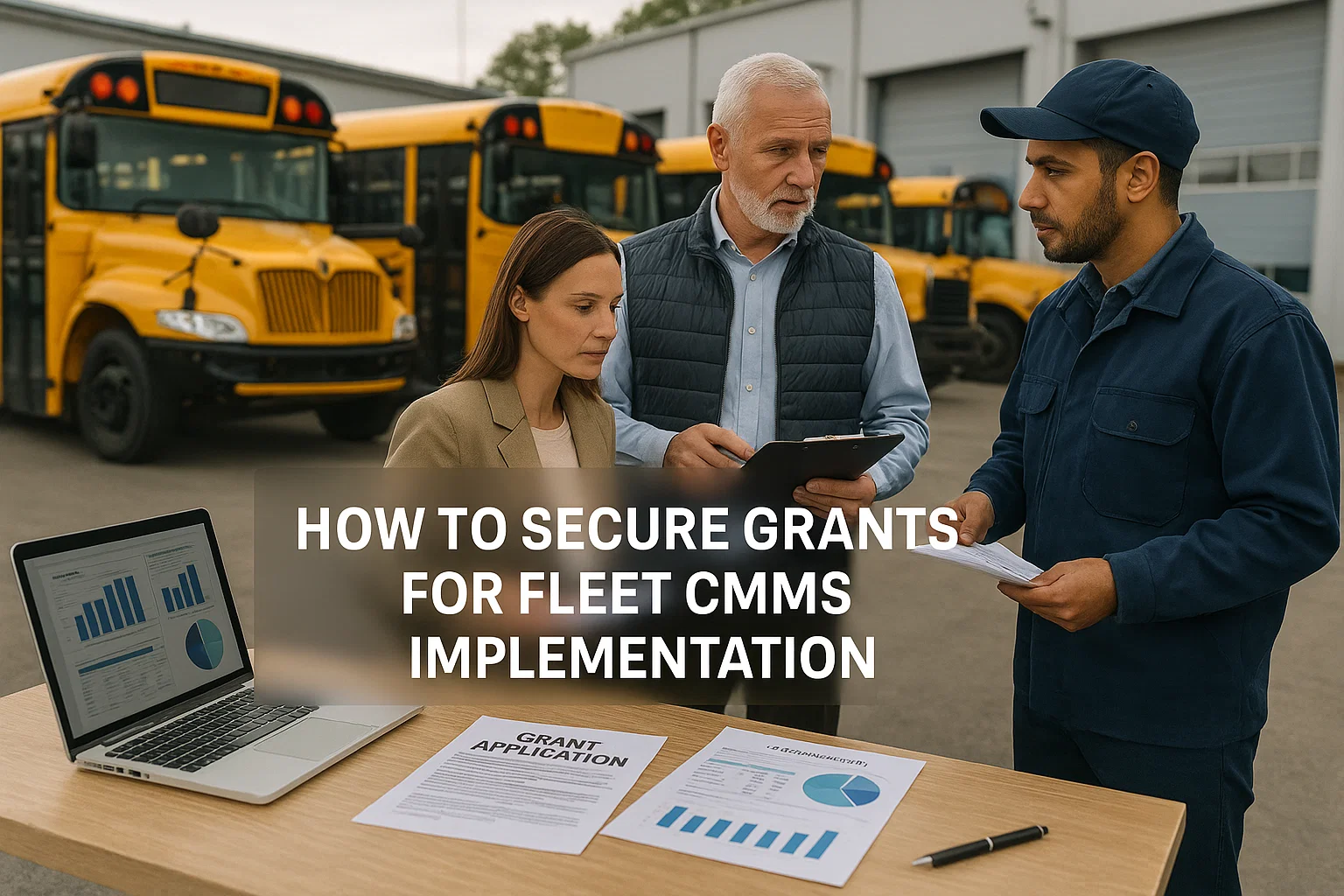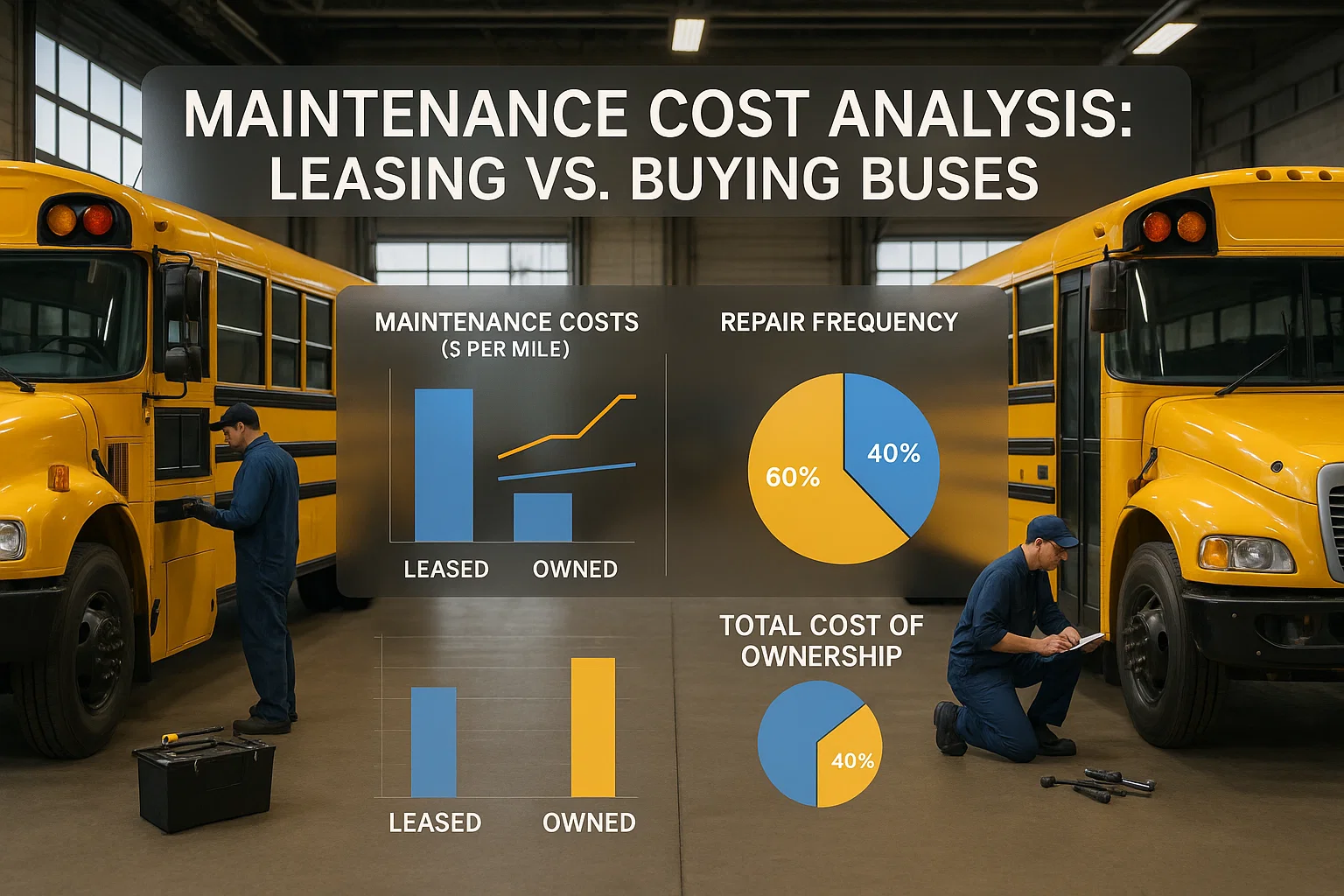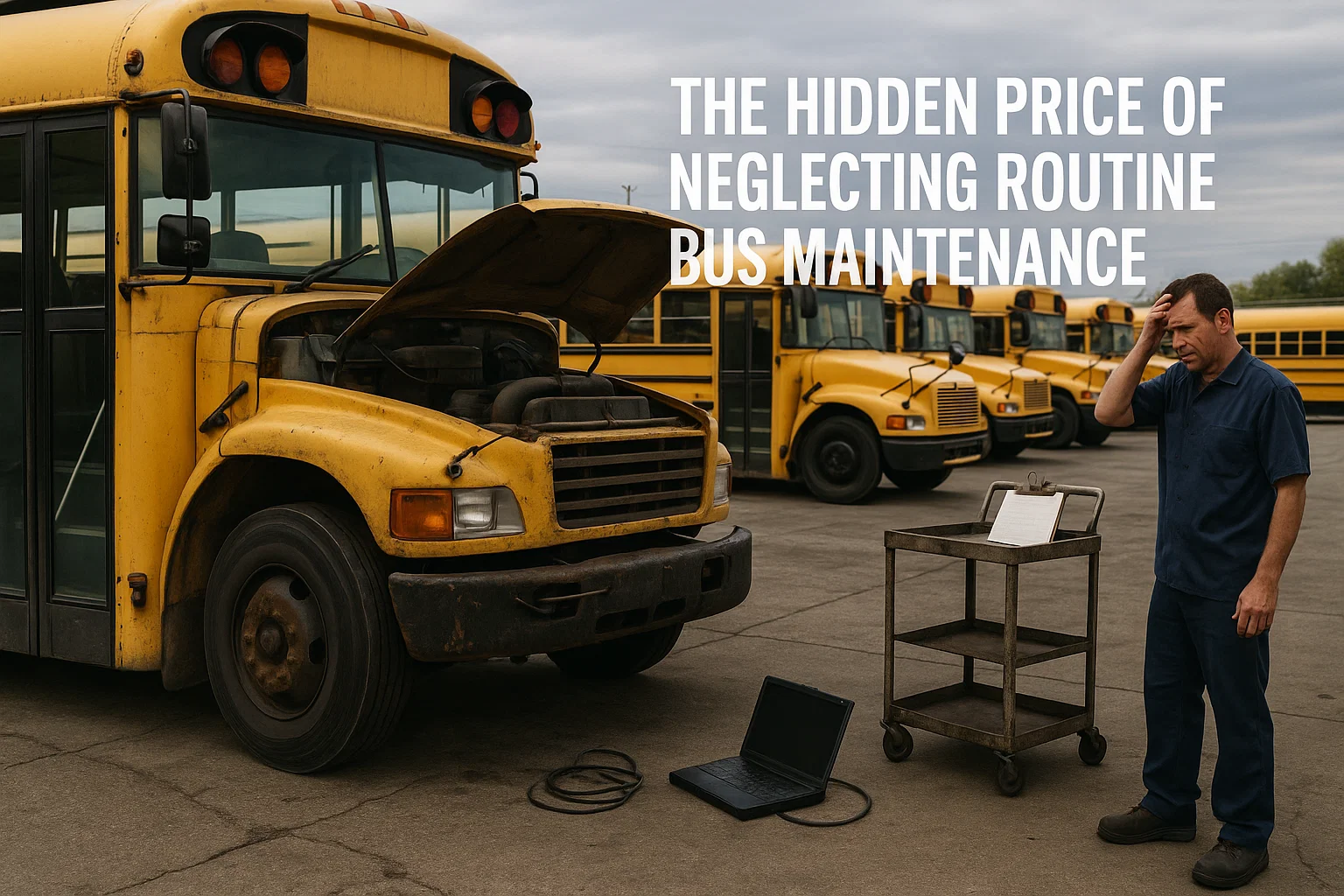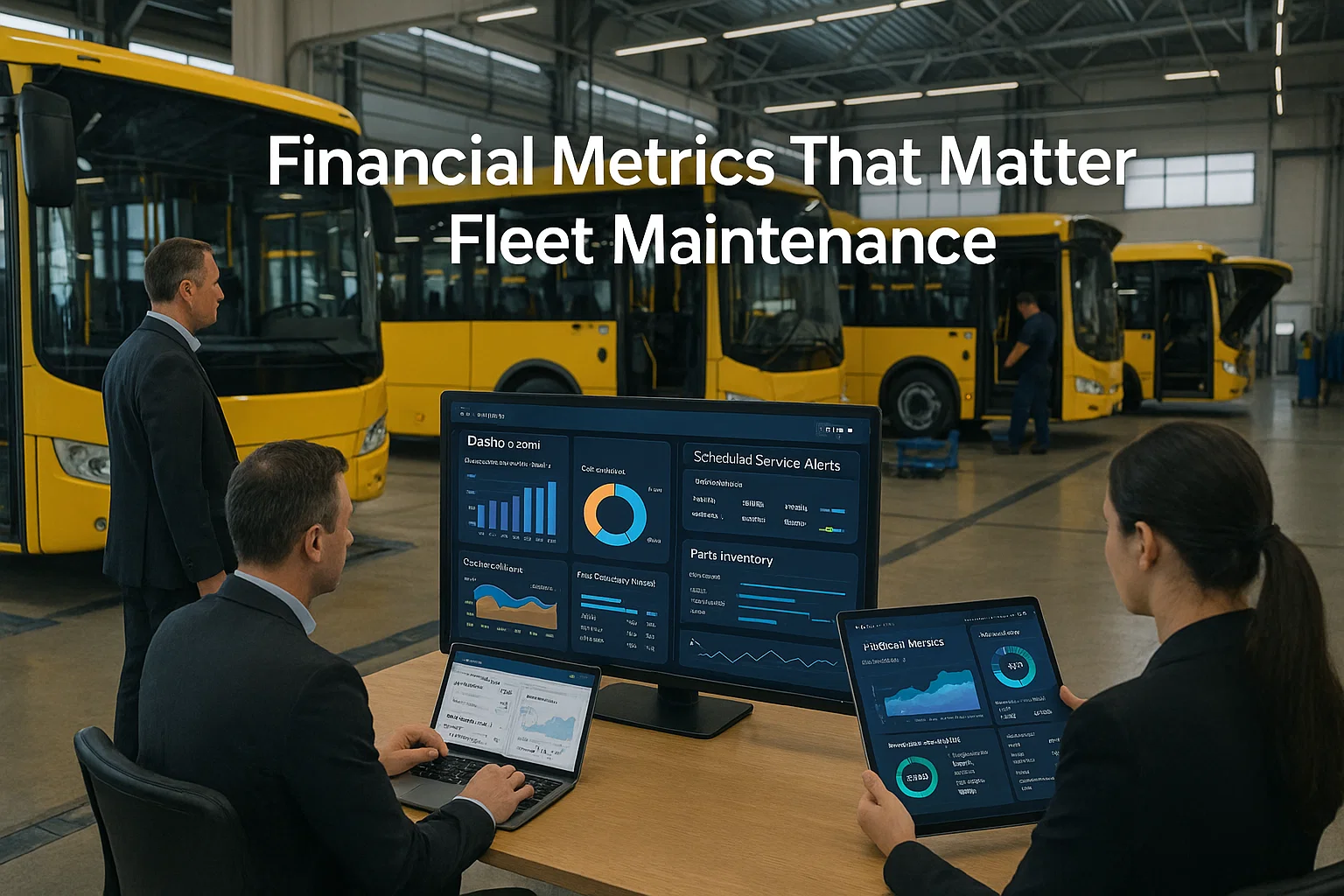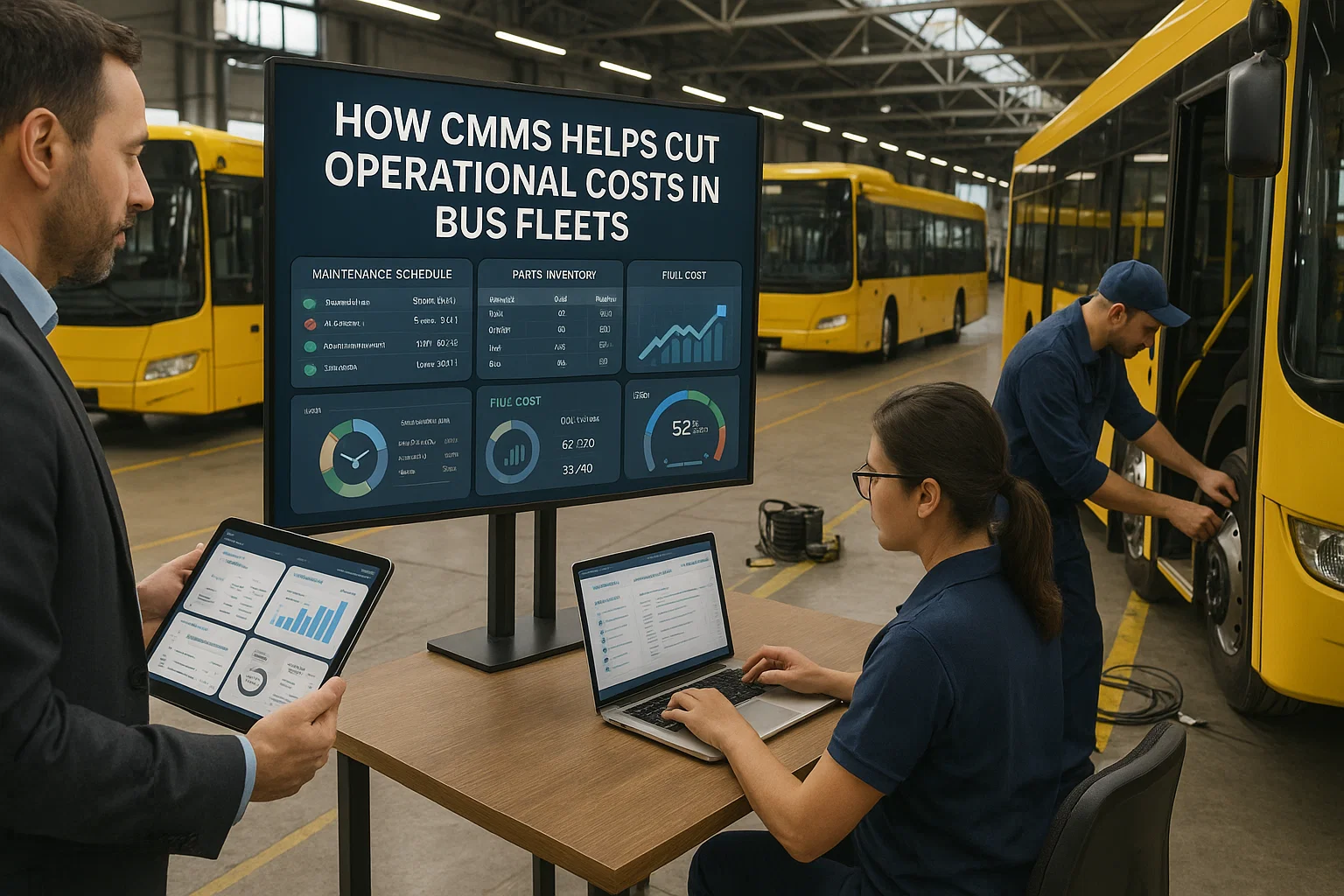Pre-trip and post-trip inspections form the cornerstone of safe and efficient bus fleet operations in the United States. These critical safety protocols not only ensure regulatory compliance but also prevent costly breakdowns and protect passenger safety. Modern fleet operators are discovering that systematic inspection processes can dramatically reduce operational risks while extending vehicle lifecycles.
The Federal Motor Carrier Safety Administration (FMCSA) mandates comprehensive vehicle inspections, making compliance a non-negotiable aspect of bus fleet management. However, traditional paper-based inspection methods often lead to inconsistencies, missed defects, and inefficient documentation processes that can compromise safety and increase liability exposure.
Advanced Bus CMMS platforms are revolutionizing how fleet operators approach daily inspections, transforming time-consuming manual processes into streamlined digital workflows. These systems enable real-time defect reporting, automated compliance tracking, and seamless integration with maintenance scheduling, resulting in up to 40% reduction in inspection completion times and 60% improvement in defect identification accuracy.
Inspection Framework Architecture
Effective pre-trip and post-trip inspections require a structured approach that balances thoroughness with efficiency. Modern Bus CMMS systems provide digital inspection frameworks that guide drivers through standardized checklists while capturing detailed documentation for compliance and maintenance planning.
Digital Inspection Components
Comprehensive inspection frameworks include visual verification systems, automated reminder protocols, and integrated defect classification systems. These components work together to ensure consistent inspection quality while reducing human error and improving documentation accuracy.
Integration with vehicle telematics and diagnostic systems through Bus CMMS platforms enables automatic pre-population of certain inspection items, such as fluid levels, tire pressure readings, and engine diagnostic codes, significantly reducing inspection time while improving accuracy.
Critical Inspection Points and Warning Signs
Pre-Trip Inspection Priorities
- Brake System Verification: Check brake pedal feel, air pressure levels, and brake line integrity
- Tire and Wheel Assessment: Inspect tread depth, sidewall condition, and proper inflation pressure
- Lighting System Check: Verify all exterior and interior lights, including emergency and accessibility lighting
- Steering and Suspension: Test steering responsiveness and check for visible suspension wear or damage
- Engine and Fluid Levels: Monitor oil, coolant, windshield washer, and other critical fluid levels
Post-Trip Inspection Focus Areas
- Performance Anomalies: Document any unusual noises, vibrations, or handling characteristics experienced during operation
- Passenger Area Condition: Inspect seats, handrails, flooring, and accessibility equipment for damage or wear
- Door and Window Operation: Verify proper operation of all passenger and emergency doors and windows
- HVAC System Performance: Check heating, ventilation, and air conditioning system operation and air quality
Implementing systematic inspection protocols through Bus CMMS platforms ensures that critical safety items receive appropriate attention while maintaining inspection consistency across different drivers and shifts.
Inspection Scheduling and Optimization
Optimized inspection scheduling goes beyond basic regulatory compliance to create strategic maintenance planning opportunities. Advanced Bus CMMS systems analyze inspection data patterns to identify trending issues and schedule preventive maintenance before problems escalate.
Inspection Timing Strategies
Pre-Trip Inspections
Conducted before each service period, focusing on safety-critical systems and regulatory compliance items with emphasis on operational readiness
Post-Trip Inspections
Performed after service completion, documenting operational issues and identifying maintenance needs for scheduling during downtime
Enhanced Inspections
Weekly or bi-weekly detailed inspections that complement daily checks with deeper system analysis and component wear assessment
Strategic scheduling through Bus CMMS platforms considers route characteristics, vehicle utilization patterns, and historical maintenance data to optimize inspection timing and resource allocation.
Technology Integration for Enhanced Inspections
Modern inspection processes leverage advanced technology integration to improve accuracy, reduce completion times, and enhance documentation quality. Bus CMMS platforms incorporate mobile applications, barcode scanning, and photo documentation to streamline inspection workflows.
Digital Enhancement Features
- Mobile Inspection Apps: Tablet and smartphone-based inspection tools with offline capability and automatic synchronization
- Photo Documentation: Integrated camera functionality for visual defect documentation and historical comparison
- Barcode Integration: Vehicle and component identification through barcode scanning for accurate record keeping
- Voice-to-Text Capability: Hands-free inspection note entry for improved efficiency and safety
- Automated Reporting: Real-time generation of inspection reports with immediate notification of critical defects
Integration with vehicle diagnostic systems through Bus CMMS platforms enables automatic capture of engine codes, system alerts, and performance parameters, providing comprehensive vehicle health insights during routine inspections.
Driver Training and Certification Programs
Effective inspection programs depend on properly trained drivers who understand both regulatory requirements and best practices for defect identification. Comprehensive training programs ensure consistent inspection quality and improved safety outcomes.
Training Program Elements
Regulatory Compliance Training
FMCSA requirements, state regulations, and industry standards for commercial vehicle inspections
Defect Recognition Skills
Visual and auditory inspection techniques for identifying wear patterns, damage, and performance issues
CMMS Platform Proficiency
Hands-on training for Bus CMMS mobile applications and digital inspection workflows
Ongoing certification programs through Bus CMMS platforms track training completion, assess competency levels, and provide refresher training recommendations based on inspection performance metrics.
Compliance Management and Documentation
Regulatory Compliance Best Practices
- Documentation Standards: Maintain detailed inspection records with driver signatures, timestamps, and defect classifications
- Defect Resolution Tracking: Document repair actions taken and verify correction of identified defects before return to service
- Audit Trail Maintenance: Preserve inspection records for required retention periods with secure backup systems
- Performance Monitoring: Track inspection completion rates, defect identification accuracy, and compliance metrics
Advanced Bus CMMS platforms automatically generate compliance reports, maintain regulatory documentation, and provide audit-ready inspection histories that satisfy DOT inspection requirements and insurance audits.
Cost-Benefit Analysis of Streamlined Inspections
Implementing systematic inspection processes through Bus CMMS platforms delivers measurable operational and financial benefits. Fleet operators report significant improvements in safety metrics, maintenance cost control, and operational efficiency.
Quantifiable Benefits
Streamlined inspection processes reduce road calls by up to 45%, decrease maintenance costs by 25-35%, and improve fleet availability by 15-20%. Enhanced defect identification during inspections prevents minor issues from developing into major repairs, resulting in extended component lifecycles and reduced total cost of ownership.
Return on investment for comprehensive inspection optimization typically occurs within 6-12 months, with ongoing cost savings accumulating through improved preventive maintenance effectiveness and reduced emergency repair incidents.
Conclusion
Streamlining pre-trip and post-trip bus inspections requires a comprehensive approach that combines regulatory compliance, technology integration, and systematic processes. Modern Bus CMMS platforms provide the foundation for effective inspection programs that enhance safety, reduce costs, and improve operational efficiency.
Success in inspection optimization depends on commitment to driver training, investment in digital technologies, and systematic implementation of data-driven inspection practices. Fleet operators who embrace comprehensive inspection streamlining position themselves for enhanced safety performance, regulatory compliance, and long-term operational excellence.
Ready to Transform Your Inspection Process?
Discover how Bus CMMS can revolutionize your pre-trip and post-trip inspection procedures and drive significant improvements in safety and efficiency for your fleet operations.




